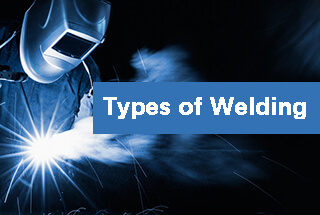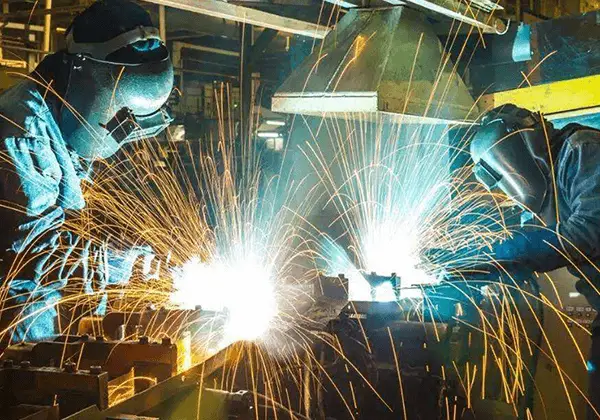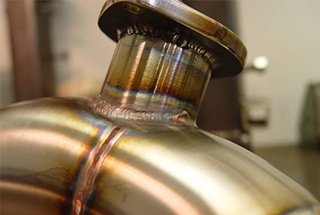Have you ever considered the following issues with electric welding machines that have been in use for a long time:
- The machine’s power is insufficient for welding thicker plates;
- The machine is too large for ordinary welding tasks;
- The machine is too heavy and you need a lighter option.
Don’t wait until after you’ve purchased an electric welding machine to realize that it’s not the right fit for your needs.

This article will guide you in purchasing the appropriate welding machine for your needs.
In the past, electric welding machines were measured in kilowatts. However, the current trend is to use the rated current of the welding machine to indicate its size.
1. How to choose the size of electric welding machine?
Let’s take an electric welding machine with a 60% load duration as an example.
First, it is important to know the welding current or the electrode size.
Next, you should select the size of the electric welding machine based on the welding current size.
For instance, if the welding current is 100A, then 100 divided by 0.8 (which is an approximation of the square root of 0.6 and is easier to remember and calculate) is equal to 125A.
When making a purchase, you should check the nameplate on the back of the welding machine and choose one with a 60% load duration current that is greater than 125A.
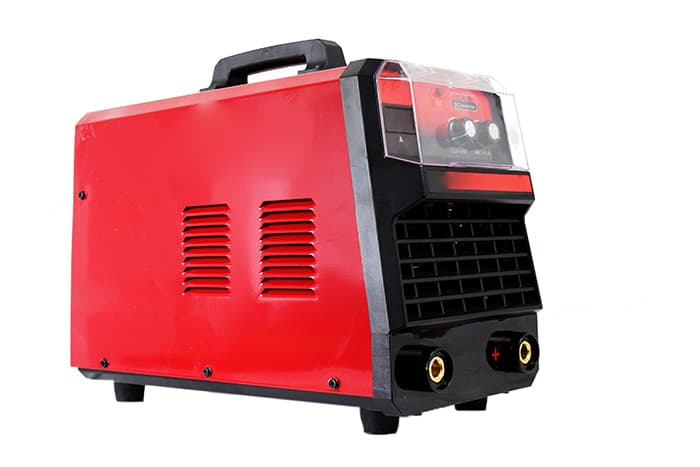
If you only know the amount of welding rod to use and not the welding current, you can choose the rated current of the welding machine based on the current of the welding electrode.
For example, if the rated current range for a Φ4.0 welding rod is 170A to 210A, then 170 divided by 0.8 (which is an approximation of the square root of 0.6 and is easier to remember and calculate) is equal to 212A.
When making a selection, you should check the nameplate on the back of the welding machine and choose one with a 60% load duration current that is greater than 212A.
Additionally, you should select the electrode diameter based on the plate thickness.
| Workpiece thickness mm | <4 | 4-12 | >12 |
| Electrode diameter mm | Not exceeding the thickness of the workpiece | 3.2-4.0 | >4 |
Select electric welding machine according to welding rod
| Electrode diameter | φ 2.5 | φ 3.2 | φ 4.0 | φ 5.0 | φ 6.0 |
| Welding machine current | 160A | 200A | 300A | 400A | 500A |
The electric welding machine is an inverter welding machine with a load duration of 60%.
Rated current range of welding rod
| Diameter | φ1.6 | φ2.0 | φ2.5 | φ3.2 | φ4.0 | φ5.0 | φ6.0 |
| Current A | 25-40 | 40-65 | 50-80 | 100-130 | 160-210 | 200-270 | 260-300 |
2. Select your own welding machine according to the welding needs
For aluminum welding, AC argon arc welding and pulse gas shielded welding are recommended.
For welding stainless steel, DC argon arc welding and pulse gas shielded welding are recommended.

For carbon steel welding, manual welding, ordinary gas shielded welding, pulse gas shielded welding, and DC argon arc welding are options to consider.
When purchasing electric welding machines, it is important to prioritize those produced by regular manufacturers that have passed 3C certification.
Check the nameplate on the welding machine for the manufacturer’s name, production address, specifications and model, welding current adjustment range, load duration, input voltage, current, and other relevant information. Choose the welding machine that best suits your needs.
However, be cautious of fake and substandard products in the market that falsely label the rated current and load duration. For example, a product may be marked with a nominal rated current of 400A, but only measure more than 200 amps in actual use.
To avoid purchasing an electric welding machine that cannot be used normally, it is recommended to use a DC clamp type ammeter to measure the actual maximum welding current, if possible.
3. Main problems in selection of manual arc welding machine
Currently, there are many different types of manual arc welding machines available in the market, including traditional AC welding machines, silicon rectifier DC welding machines, and inverter DC welding machines.

The first type of welding machine has a wide range of varieties, specifications, brands, and quality levels. With so many options available, it can be challenging to choose a cost-effective and practical product.
To select a manual arc welding machine, you should have a basic understanding of the following electric welding machine concepts:
Positive Connection Method:
The positive pole of the workpiece welding machine is connected to the positive terminal during welding, and this method is typically used for welding with acid electrodes.
Reverse Connection Method:
The negative pole of the workpiece welding machine is connected to the negative terminal during welding, and this method is commonly used for welding with alkaline electrodes and stainless steel electrodes.
Load Persistence Rate:
Typically, the welding machine can operate for 6 minutes at its maximum welding current (rated current), followed by a 4-minute rest period, making up a 10-minute cycle. This allows the machine to avoid damage and operate safely. The load persistence rate is 60%. The load persistence rate for civil electric welding machines in the market ranges from 35% to 60%. Welding machines with a load persistence rate of less than 100% cannot operate at rated current for extended periods.
The conversion relationship between load duration and long time large welding current is as follows:
Load duration=maximum welding current for a long time 2/rated current 2
Example of a welding machine with a 400A load duration of 35%:
0.35 = Maximum welding current for a prolonged period / (2/4002)
Therefore, the maximum welding current for a prolonged period is 236.63A.
In simpler terms, this 400A welder with a 35% load duration can only operate at a current of 236.63A to achieve 100% duration.
Relation between the electrode diameter and welding current:
Applicable current of electrode = electrode diameter * 40
For instance, if the welding current required for a 4.0mm electrode is 4.0 x 40, the optimal current value for welding with this electrode would be 160A.
However, actual welding conditions may vary due to factors such as material type, workpiece size, and the desire for efficiency.
Regarding the relationship between the diameter of the carbon rod and the welding current in carbon arc air gouging:
Applicable current of carbon rod = carbon rod diameter * 50
4. How to select electric welding machine?

The choice of welding machine greatly affects both its service life and the efficiency of the welding process. A small machine, like a small horse trying to pull a heavy load, can be taxing and may lead to damage to the machine.
It is not advisable to make a decision based solely on the size of the machine. Instead, cost should also be considered as purchasing the most expensive option is not always the best choice.
Beware of low prices as these products may be counterfeit and come with poor after-sales service. Some manufacturers may offer machines for as low as 88-168 yuan, but these machines may have a maximum output current of only 100A or less, and may make false claims about the length of welding rods they can handle.
5. Advantages and disadvantages of AC welding machine and inverter welding machine
Advantages of AC Welding Machine:
- Affordable
Disadvantages:
- High power consumption (often referred to as an “electric tiger”)
- Low no-load voltage (difficult to initiate an arc)
- Unstable current
- Arc breaking
- Welding rod sticking
- Bulky design
- Only suitable for ordinary welding rods
Advantages of Inverter DC Welding Machine:
- Low power consumption
- High no-load voltage (easy to initiate an arc)
- Stable current
- Continuous arc
- Non-stick welding rod
- Lightweight and flexible
- Compatible with all types of welding rods
Disadvantages:
- Expensive price
When selecting a welding machine model, it is important to consider the type of welding rod being used. For example, if using a 4.2 welding rod, the welding current would be calculated as follows:
Welding current = 4.2 * 40 = 168A Considering that the actual current may fluctuate by 20%: 168A * 1.2 = 210A
It’s important to note that a 250A welding machine may not be sufficient. Due to market competition, many manufacturers are replacing smaller machines with larger ones and lower-quality machines with better ones.
For example, when it comes to AC welding machines, it is widely agreed in the market that:
- A 250A machine is only suitable for welding 2.5 electrodes
- A 315A machine is only suitable for welding 3.2 electrodes
- A 400A machine is suitable for welding 4.2 electrodes
This discrepancy with national standards highlights the issue of fake products flooding the market. In reality, when purchasing a 400A AC welding machine, you may actually receive a machine with a standard of 250A or even lower. This is why AC welding machines of the same model are now one-third lighter compared to a decade ago.
We may select welding machine as follows:
When purchasing a 400A welding machine, it is important to perform a trial to ensure its maximum output welding current. To do this, adjust the current to its maximum, weld 4.2 electrodes (smaller electrodes may affect the output), and use a clamp meter to measure the maximum output current.
Just because the current reaches 400A during the trial does not guarantee that you have purchased a 400A welding machine. The load holding rate also plays a factor in determining the machine’s capabilities.
For example, if the load holding rate is 30%, the welding machine can only be considered a 250A machine. A true 400A welding machine should be able to maintain a maximum current of 400A and operate continuously at that level.
This is why some welding machines of the same model may be significantly more expensive in the market.
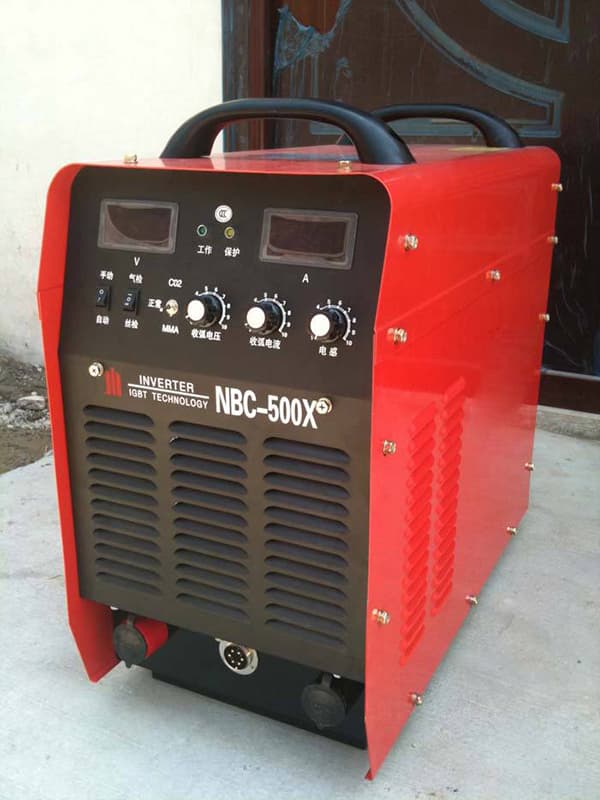
6. Power consumption and economic benefits of electric welding machine
As a product vigorously promoted by the country for its energy-saving capabilities, how much power can an inverter welding machine save for us?
The actual measured input current for a two-phase AC welding machine ranges from 33A to 35A, as determined through a comparison of welding with a 3.2 electrode and 130A current.
The actual measured input current for a three-phase DC welding machine is 6A.
The power consumption is calculated as follows:
Power consumption of AC welding machine:
P=LJI=380*33=13.3KW
Power consumption of inverter welding machine:
P=1.732 * UI=1.732 * 380 * 6=3.95KW
Then, based on 26 days a month, 8 hours a day, and 80% utilization rate:
(13.3-3.95)*8*0.8*26=1361.36(kwh)
The use of an inverter DC welding machine for welding 3.2 electrodes can result in a savings of 1361.36 kilowatt hours per month compared to an AC welding machine.
Similarly, when compared to welding with a 4.2 electrode and 175A current, each inverter DC welding machine can save 2204.8 kilowatt hours per month.
7. Other precautions
When purchasing a welding machine, it is important to check the nameplate for information such as the manufacturer’s name, production address, specifications, welding current adjustment range, load duration, machine weight, and other relevant details, and choose a product that meets your specific needs.
Since electric welding machines are subject to national compulsory certification, make sure to ask the seller if the product has passed the 3C compulsory certification, and verify this information online.
It is recommended to prioritize dealers with a strong reputation for providing guaranteed after-sales service.
